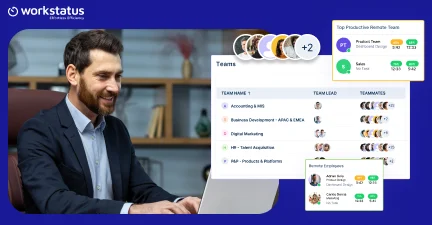Table of Contents
Introduction
Organizations seek strategies to enhance their functionality and productivity in the modern business environment. One of the most adopted solutions for achieving this goal is coming up with the hybrid work model.
Did You Know?
49% of global desk workers are now in hybrid arrangements
This approach involves having some employees work in the office while others can work from anywhere else using mobile devices or work from home services.
However, the transition to a hybrid work mode can be complex, particularly in workforce management.
From the management of employees to the control of operations, it is crucial that companies have a way to handle this newfound structure of employees. Luckily, a workforce management system is a perfect tool for it.
In this article, we will discuss the 11 factors that make WFM crucial for success when using the hybrid work mode.
We will also provide information on this mode and its development over time. Lastly, we will provide some recommendations that will help in the successful implementation of a WMS needed to support your hybrid work setup.
Let’s get started.
What Is A Hybrid Mode?
The hybrid mode meaning can be described as an intermediate form of work that is a combination of work from an office environment and work from home. Here’s what it typically involves:
- Some days in the office: Employees attend work once or several times a week.
- Some days at home: People also perform their operations at different places or even at home on their workstations.
- Flexible schedule: This means that workers in many instances can select which days they want to work where provided they fulfill their responsibilities.
- Team coordination: Organizations often establish protocols to ensure collaborators can operate effectively, no matter their physical locations.
- Use of technology: Communication tools such as video calling and the use of online collaboration software like Workstatus keep everyone connected.
Hybrid mode is to provide the employees with more flexibility as to what type of work they want to perform and where, but introducing the work communication in the office. It has gained popularity since it can increase the overall time to efficiency, well-being, and personal fulfillment at the workplace.
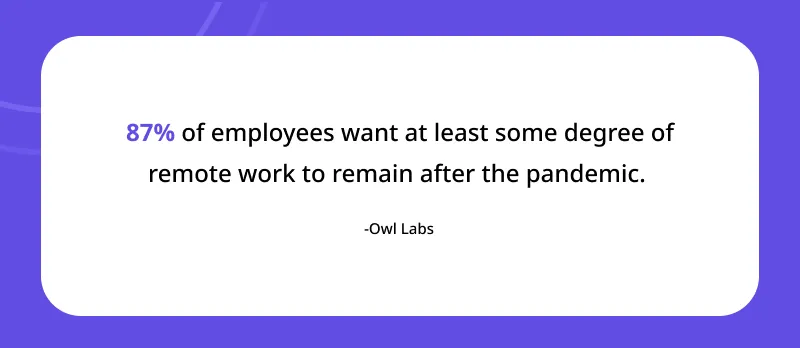
What Is A Hybrid Workforce Management System?
A hybrid workforce management system is an application that allows an organization to manage employees and their activities by offering capabilities for such aspects as time and attendance, scheduling, payroll, and performance in a hybrid working environment.
It enables managers to get information on employees’ availability, working hours, attendance, productivity, and behavior in order to meet an organization’s costs, and schedule for the future, and optimize the productivity of employees.
History Of The Workforce Management System
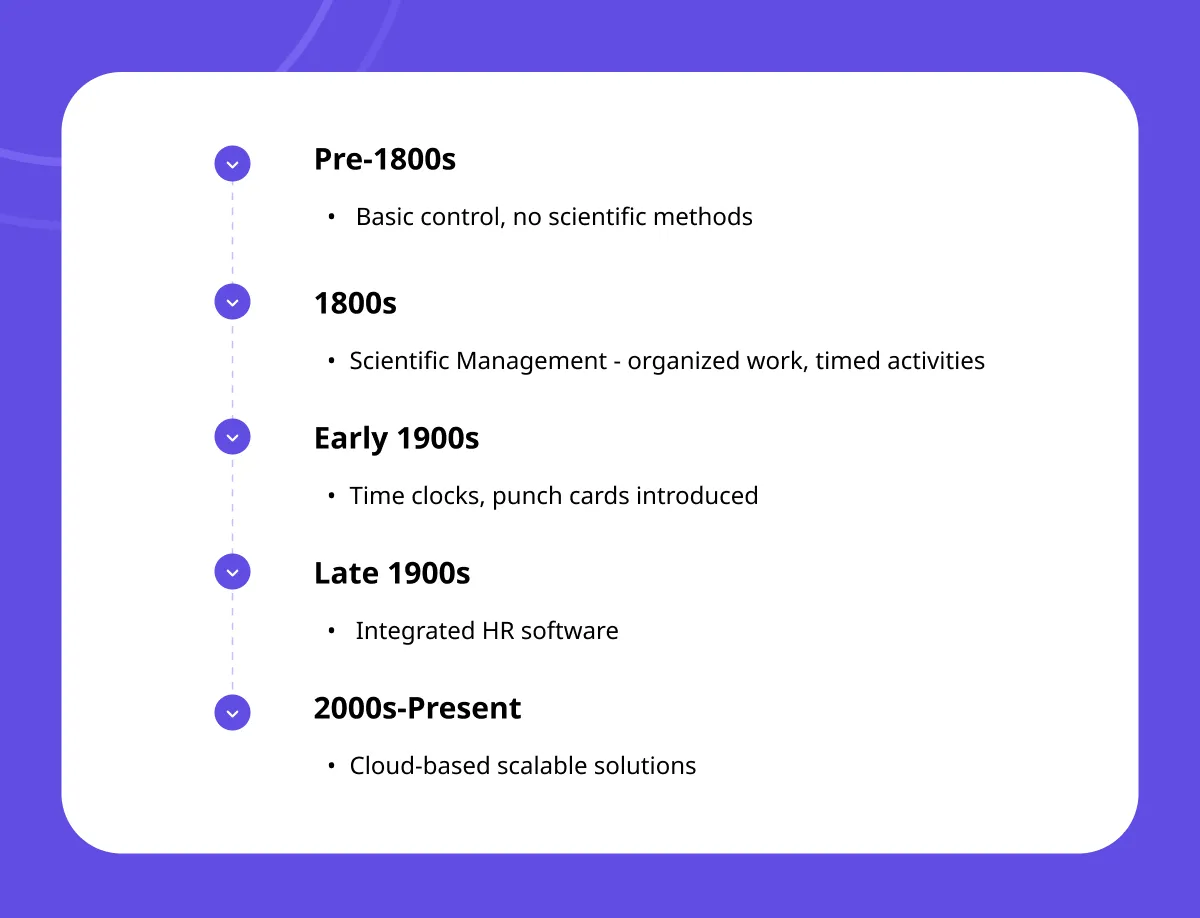
Early Beginnings
Pre-Industrial Revolution: Lack of systematic and scientific methods of handling people and the treatment of human resources through the use of a simple plan and control.
Industrial Revolution (Late 18th to Early 19th Century)
Scientific Management: In the work of Frederick Winslow Taylor, productivity increases; an organized work model and timed activities appear.
Early 20th Century
Punch Cards: Punched card removed, and a time clock was introduced as the new way of measuring time; human resource management started as a way of handling the workforce.
Mid-20th Century
Electronic Systems: The mainframe technology provides the capability to have electronic based record systems for employee data, payroll, or rostering.
Late 20th Century
Integrated Software: WMS and integrated HR software, PeopleSoft, and SAP appear on the market; workforce management becomes an integrated part of other business processes due to ERP systems.
Early 21st Century
Cloud-Based Solutions: Cloud computing brings forward a constantly available WMS that adapts and scales according to companies’ needs; leaders in this sector are Workday and ADP as they provide live information and mobility.
11 Reasons Why Workforce Management Is Important For Hybrid Model
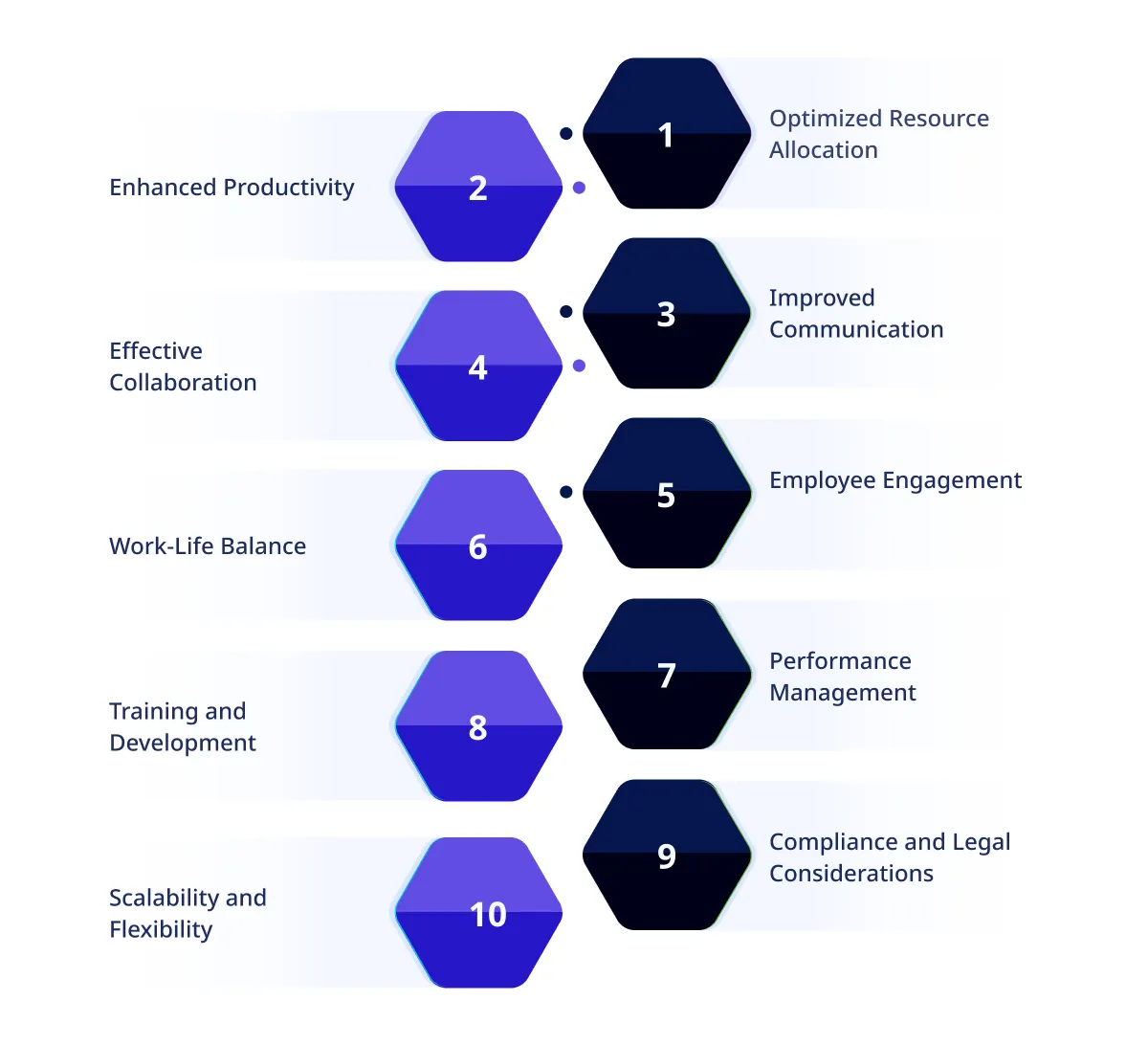
Here are the top eleven reasons why a workforce management system is such an important part of a hybrid work mode:
1. Optimized Resource Allocation
Evaluate the optimal number of employees who should come to the office and work from home to increase efficiency without overcrowding the office.
2. Enhanced Productivity
Often used to track productivity among employees and ensure that any issues that may be causing a decline in performance are addressed as soon as possible.
3. Improved Communication
It creates an environment wherein the remote and in-office employees can be on the same page and avoid misunderstanding each other due to the lack of direct interaction.
4. Effective Collaboration
Implements technologies and techniques that increase inter-location interaction and functionality to support the work of various teams.
5. Employee Engagement
Oversees employee morale and takes steps to ensure that remote and hybrid employees remain productive and aligned with the company culture.
6. Work-Life Balance
It enables employees to work a flexible schedule that helps them care for their families, resulting in increased job satisfaction and retention.
7. Performance Management
Incorporates periodic assessments, appraisals, and feedback so that employees clearly understand their duties and achievement of targets.
8. Training and Development
It facilitates employees’ access to educational sessions and development materials, whether from home or in the office.
9. Compliance and Legal Considerations
It guarantees that all labor laws and regulations are observed irrespective of the geographical location of organizational staff. This eliminates legal cases against the organization while treating all staff fairly.
10. Data-Driven Decisions
Records update information concerning employees’ productivity, attendance, and other metrics relevant to data driven decision-making and trend anticipation.
11. Scalability and Flexibility
Ensures that employee management practices are flexible enough to meet the needs of expansion or merger and require less restructuring.
Also Read: Top 9 Tools For Tracking Idle Time In Hybrid Teams
Tips To Implement Workforce Management in Hybrid Work
Here are some tips for implementing a workforce management system in the hybrid working model:
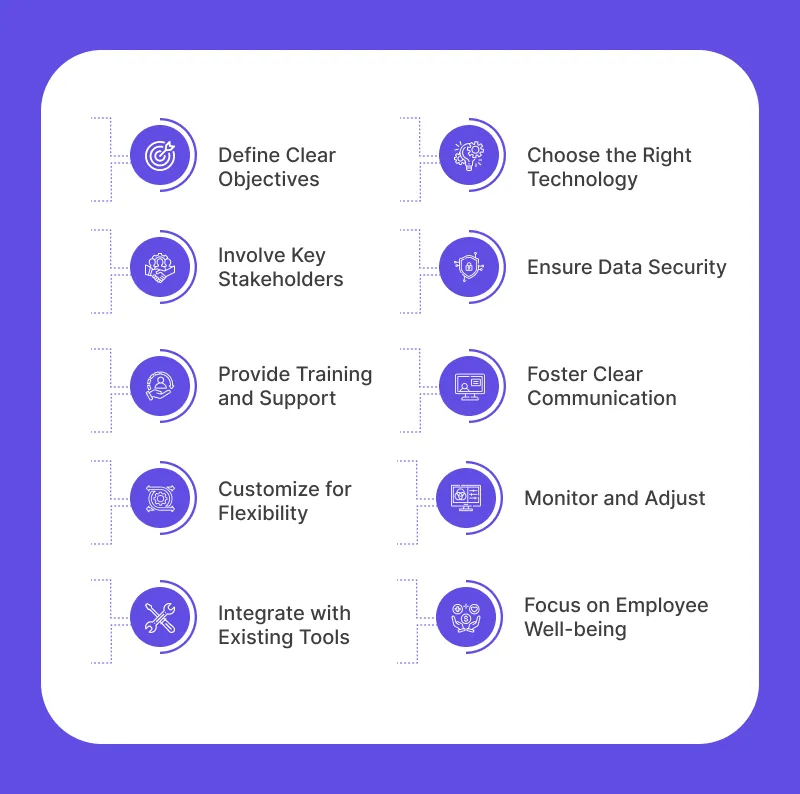
Define Clear Objectives
Set your objectives and milestones for the employee’s management system to understand how effective your system will be; for instance, increase productivity, efficiency and engagement levels among employees.
Choose the Right Technology
Choose an all-in-one, effective and efficient workforce management solution that includes tools for attendance, scheduling, messaging, and appraisals for remote and in-house staff.
Involve Key Stakeholders
Involve the managers, HR and employees in the selection and implementation process to increase user acceptance of the system.
Ensure Data Security
Step up the protection measures to assure no leak of employees’ data especially when working remotely since it touches on their privacy rights.
Provide Training and Support
Provide an extended training session to the employees and managers for them to deal with the new system comfortably and efficiently.
Foster Clear Communication
Set up transparent communication pathways within the workforce management system to enhance the flow of interpersonal and intergroup communication between employees working virtually and those working from the office.
Customize for Flexibility
Synchronize the system to help work schedules, time zones, and personal employee choices for a hybrid work environment.
Monitor and Adjust
Continuously assess system efficiency against its effectiveness and customer satisfaction in the organization to make specific changes as and when needed, to serve the purpose in the organization.
Integrate with Existing Tools
Make sure that the workforce management system can easily interface with all other existing company’s systems and services to keep paperwork to a minimum.
Focus on Employee Well-being
Develop properties that foster good work satisfaction and work and life balance so that employees are likely to stay with the organization.
Also Read: Maximising Productivity of Employees: The Benefits of Workstatus in Hybrid Work
How Workstatus Helps in Hybrid Workforce Management
Workstatus is a complete workforce management system that offers numerous features to handle hybrid and remote working employees.
As this blog discusses the hybrid work mode, here are some hybrid workforce workflow solutions you can avail of from Workstatus:
It tracks employees in real time
Workstatus lets managers monitor employees both present in the office and working remotely in real time. You can check the productivity and location of employees in real time.
It provides automated scheduling
It offers options for automatic planning and scheduling that address the hybrid model and the possibility of separating employees into remote and office-based ones.
It generates detailed reports
Workstatus provides comprehensive performance reports of the employees, time tracking and project activities which can be used to make rational decisions towards work processes.
It improves employee collaboration
It combines communication aids that keep remote and office employees connected and engaged regardless of their working circumstances.
Workstatus comes with a robust feature-set that can help in simplifying hybrid mode management complexities.
Closing Thoughts
In conclusion, the hybrid work model offers a major change in working patterns, allowing one to benefit from remote and office-based work. However, effective workforce management is necessary for this model to be efficient.
Resource management efficiency increases, productivity improves, misunderstandings are minimized, and employees’ morale is boosted, all because of the opportunities provided by workforce management systems that help manage remote and office staff efficiently. These systems also endorse work-life separation, physical and organizational compliance, analytics-based decision-making, and efficient integration of tools and technologies.
Therefore, a strong framework for ensuring proper workforce management will be the key to improved organizational performance as it will remain a determinant of a flexible and productivity-based work environment.
That is all for today.
Thanks for reading!




